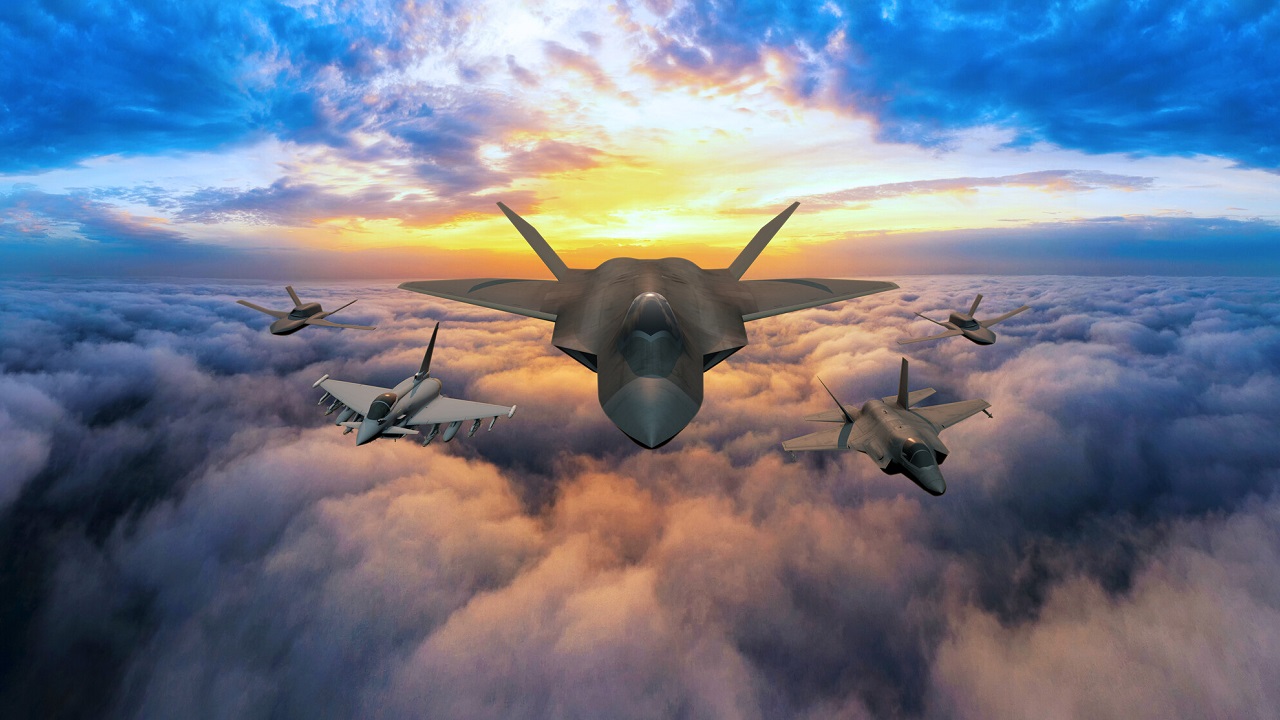What is the Future of the Future Combat Air System Program? – Charles Dicken’s seminal novel A Tale of Two Cities opens with the passage, “It was the best of times, it was the worst of times, it was the age of wisdom, it was the age of foolishness, it was the epoch of belief, it was the epoch of incredulity.” In many ways that could undoubtedly sum up our modern world, but it almost aptly describes the state of two sixth-generation aircraft programs – both of which are currently known in many instances as the Future Combat Air System (FCAS).
Several NATO partners and allies are now pursuing two entirely separate next-generation combat aircraft projects – both known as FCAS to add to the confusion – while they also have very similar requirements and likely capabilities. Is it wise, foolish or both that two different programs are in the works? We are now in the best of times when it comes to our ability to create such platforms, yet we need to ask if these are the right aircraft for use in the worst of times? How, in our age of wisdom, do we ignore that it is foolish not to consider whether they’ll be able to meet the demands of a future conflict?
Meet the Tempest
The first of these two sixth-generation fighters is the Tempest program, led by the UK with Sweden and Italy on board – while just last week it was announced that it would merge with Japan’s F-X fighter jet effort. If this actually comes to fruition, the project would also mark the first time that Tokyo has sought a non-U.S. partner for a large military program, while it would also be the first major collaboration between Tokyo and London in the post-Cold War-era.
The Tempest was first unveiled by the British Ministry of Defence four years ago in July 2018, and at the time the British government announced that it would spend £2bn to develop aircraft between then and 2025. The goal of the program has been to deliver a capable, flexible and affordable system by the mid-2030s, providing military, economic, and industrial benefits to the UK as well as its international program partners.
Collaboration would allow the partners to share the development costs, while exports could bring the price per aircraft down and help stretch defense budgets. It would also allow London to handle the European export market, while Japan would focus on the Asian market.
However, as noted, this is just one program in the works.
The FCAS Stalled Out
The other program is the Future Combat Air System (FCAS), which includes France, Germany, and Spain. The effort began in 2017 when France and Germany sought to develop a joint Europe Air Defence System to replace the current French 4.5-generation Rafales fighter and German Eurofighter Typhoon, as well as the Spanish Typhoon.
It could be asked with some sarcasm: who would have ever expected that the former international rivals and adversaries would face hurdles in working together on such an advanced aircraft? Yet, in March, the cracks in the alliance appeared as there were setbacks after the two main contractors failed to reach a crucial agreement on its development. There were divisions between Airbus and Dassault over technology sharing, and which company would take a leading effort on the program.
“We have done everything possible to sign with Airbus, and I’m waiting for Airbus’ signature,” Dassault CEO Eric Trappier had previously told reporters. “The problem is on the other side of the Rhine.”
Why Not a Single Program?
Questions have been repeatedly asked why there are even two competing sixth-generation aircraft programs in the works, but a lot of it can be blamed on the Europe Union’s combined defense spending, which since the end of Cold War 1.0 has risen at a much slower pace than that of the U.S., Russia, and China.
As The Financial Times reported, this is due largely to a poor record of cooperation, but also because most of the countries in the EU were well below the 35 percent target set by Brussels’ own European Defence Agency. At the same time, European countries have adopted their own respective military hardware – which explains why across the European Defence Agency, there are 17 different main battle tanks (MBTs) in service.
Europe’s nations often continue to work independently, even as they are more closely aligned than ever.
This could, and should, be an opportunity for Europe to work more closely together to develop the next-generation hardware, such as the sixth-generation aircraft. Instead, even in an age of wisdom, it remains an age of foolishness as nations that are partners and allies compete to develop the same thing – while also likely ignoring the lessons from the current worst of times in Ukraine.
Now a Senior Editor for 1945, Peter Suciu is a Michigan-based writer who has contributed to more than four dozen magazines, newspapers and websites. He regularly writes about military hardware, firearms history, cybersecurity and international affairs. Peter is also a Contributing Writer for Forbes.

